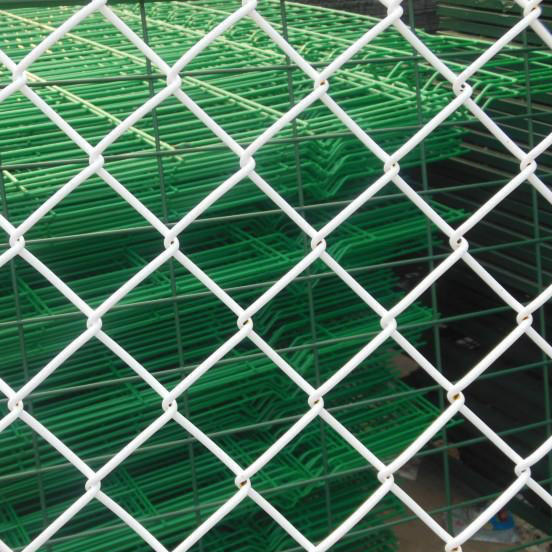Jul . 28, 2024 14:37 Back to list
China's Advanced Black Annealing Furnace Technology for Efficient Binding Wire Production and Processing
China Black Annealing Furnace for Binding Wire An Overview
In the ever-evolving landscape of wire manufacturing, the black annealing process has emerged as a critical component in the production of binding wire. Particularly in China, the black annealing furnace plays a vital role in enhancing the quality, flexibility, and durability of binding wire, which is widely used in various industries, including construction, agriculture, and packaging. This article explores the significance of black annealing, the technological advancements in furnaces, and the implications for the manufacturing industry.
Understanding Black Annealing
Black annealing is a heat treatment process that involves heating wire to a specific temperature and then cooling it in a controlled atmosphere, typically using an inert gas. This method is particularly important for binding wire as it improves ductility and reduces brittleness, making the wire easier to work with and more adaptable to various applications. The term black refers to the dark oxide layer formed on the surface of the wire during the annealing process, which provides enhanced corrosion resistance.
The key benefits of black annealing include improved mechanical properties and enhanced aesthetic appeal. The process results in a smoother surface finish and a more uniform wire diameter, which is crucial for quality control in manufacturing.
The Role of Black Annealing Furnaces
In China, the black annealing furnace is a cornerstone of the wire production process. These furnaces are specifically designed to provide accurate temperature control and uniform heating to achieve optimal annealing results. The modern black annealing furnaces utilize advanced technology, including programmable controllers and sophisticated monitoring systems, to ensure consistency and efficiency.
There are several types of furnaces used for black annealing, including batch-type and continuous furnaces. Batch-type furnaces are typically used for smaller production runs, while continuous furnaces are more suited for large-scale manufacturing. Continuous furnaces are particularly efficient as they allow for a steady supply of wire to be processed, reducing downtime and increasing productivity.
china black annealing furnace for binding wire

Environmental Considerations
As with many industrial processes, environmental considerations are becoming increasingly important in the wire manufacturing industry. Black annealing furnaces in China have evolved to incorporate eco-friendly technologies, minimizing energy consumption and reducing emissions. The use of inert gas environments not only enhances the quality of the annealed wire but also mitigates the environmental impact compared to traditional methods that rely on air exposure.
Additionally, many manufacturers are adopting energy-efficient designs that utilize waste heat recovery systems to further optimize energy usage. This not only contributes to sustainability but can also result in significant cost savings for manufacturers.
The Future of Binding Wire Manufacturing
The demand for binding wire, especially in growing economies like China, is expected to continue increasing. As industries evolve, the need for higher quality and more durable binding wire will drive innovation in manufacturing processes, including black annealing. Advancements in furnace technology, coupled with a focus on sustainability, will play a vital role in shaping the future of wire production.
Manufacturers who invest in state-of-the-art black annealing furnaces stand to gain a competitive advantage in the market. By ensuring the production of high-quality binding wire that meets industry standards for flexibility and strength, companies can better serve their customers and expand their market reach.
Conclusion
The China black annealing furnace for binding wire represents a significant advancement in manufacturing technology. By enhancing the mechanical properties of wire through precise heat treatment, these furnaces not only boost product quality but also promote sustainable practices in the industry. As demand continues to rise, the importance of efficient and environmentally friendly manufacturing solutions will undoubtedly grow, making the black annealing furnace a pivotal element in the future of binding wire production.
-
Your Galvanized Steel Fence Factory - Strong, Durable Solutions
NewsAug.22,2025
-
Welded Wire Mesh for Industry: Factory Direct & Custom Solutions
NewsAug.21,2025
-
Welded Wire Mesh for Industry | Factory Direct & Durable Solutions
NewsAug.19,2025
-
Chain Link Fence-Anping County Puersen Hardware Wire Mesh Co., Ltd.|Durable Security&Versatile Applications
NewsAug.18,2025
-
Glass Food Storage Jar with Screw Wooden Lid - Anping County Puersen|Heat-Resistant & BPA Free
NewsAug.18,2025
-
Glass Food Storage Jar with Screw Wooden Lid - Anping County Puersen Hardware Wire Mesh Products Co., Ltd
NewsAug.18,2025

